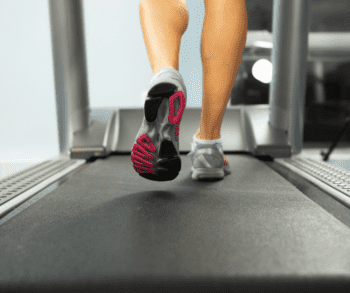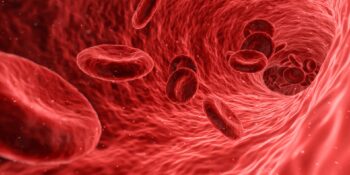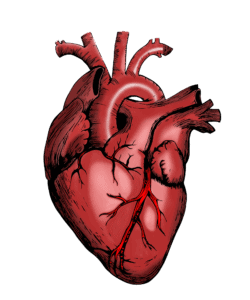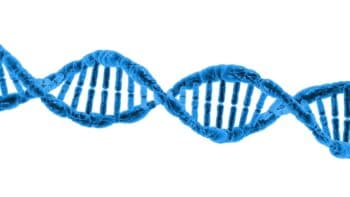Table of Contents
Change Your Molecules in Just 10 Minutes
We have talked about all of the ways that exercise can change you for the better, from your cardiovascular system, to your emotional health and mental health. We can look at each different part of our body and see benefits and positive results.
Now, for the first time, we are talking about how exercise helps you on a small scale… a very, very small scale.
As it turns out, just a small amount of exercise can change you on a molecular level!
In a groundbreaking new study, Stanford University is attempting to understand how exercise affects even the smallest building blocks of your body. Specifically, what happens to your molecules following an exercise session.
This information could help us understand how exercise actually changes the body, give you a better idea of your overall fitness and provide key information about how the systems within our body function.
How Do They Test This?
The authors of this study were able to use a simple blood test to determine the changes in a person’s body before and after exercise. The 36 participants in the study aged between the ages of 40 and 75, with fitness levels that varied by age and underlying condition. Each participant completed a VO2max test, which consisted of running on a treadmill for 10 minutes.
VO2max measures the amount of oxygen that a person’s body uses during intense exercise. This number is used as a marker of aerobic fitness. Before the test began, each individual had their blood drawn. Then they went for a quick run.

Researchers then performed what is called multi-omic profiling on the molecules in the blood samples. This allowed them to see molecular changes that happened in the blood over time, especially in the immune cells and plasma. They measured over 17,000 molecules and found significant changes in 9,815 molecules. More than half!
According to Michael Snyder, Ph.D., professor and chair of genetics at the Stanford University School of Medicine, “Exercise has a lot of health benefits, but nobody knows how exercise really works. I’m not saying our study figured it out, but it gives us a window into what’s going on in the body.”
So What Did They Discover?
The results of the study taught the researchers a lot that could prove useful for all of us.
They were able to see changes in things like oxidative stress, which is a harmful chemical process that affects aging when there is too much of it. But this isn’t the only process the study gives insight into.
Researchers can use this information to see the effect of exercise on the immune system by measuring changes in our immune cells. They can also measure how your body reacts to metabolic stress. This is the type of stress your body experiences when you are using energy during exercise, which leads to the buildup of lactic acid and causes your muscles to feel sore.

As Snyder describes it, the team is “trying to work out the choreography of what’s going on. It’s like a symphony, maybe the violins start off first, then the next instrument and the next come in. We’re looking at the details of how the symphony is able to play.”
Where Do They Go From Here?
The team hopes that as they gain more insight into how molecular processes are affected by exercise, it could open many new doors into how we view health and fitness as a whole.
For instance, the results revealed that how a person’s molecules were affected was an accurate indicator of their health and fitness levels. Individuals that were healthier showed similar molecular changes in the blood both before and after their exercise session.
However, individuals that were diabetic or pre-diabetic did not see as much change in their immune cells. This information could help predict the onset of the disease in some people, or better help those with diabetes manage their condition through exercise.

It also has the potential to describe how and when various types of fat burning occur within the body. This could help streamline and personalize exercise routines for a specific person based on their molecular profile.
Putting all of this information together and delving further into what else there is to learn is an ongoing project for the team at Stanford, but the implications are exciting.
Looking at how our molecules change during exercise teaches us new things about how each system in our body reacts to exercise and how they are affected. This can help us build a more complete and comprehensive picture of our individual health.
In the future, the journey to becoming the best version of ourselves could start with the very smallest pieces of the puzzle.
Sources:
https://www.cell.com/cell/pdf/S0092-8674(20)30508-0.pdf. Molecular Choreography of Acute Exercise; Stanford University; 2020
https://www.runnersworld.com/news/a32949992/exercise-alters-molecules-study/. One Run Can Alter 9,815 Molecules in Your Body—Here’s Why That’s Important: Jordan Smith; 2020
https://www.insider.com/just-one-workout-can-alter-over-9000-molecules-in-blood-2020-6. Just 10 minutes on the treadmill is enough to change 9,000 molecules in your body, a study found: Shira Feder; 2020





